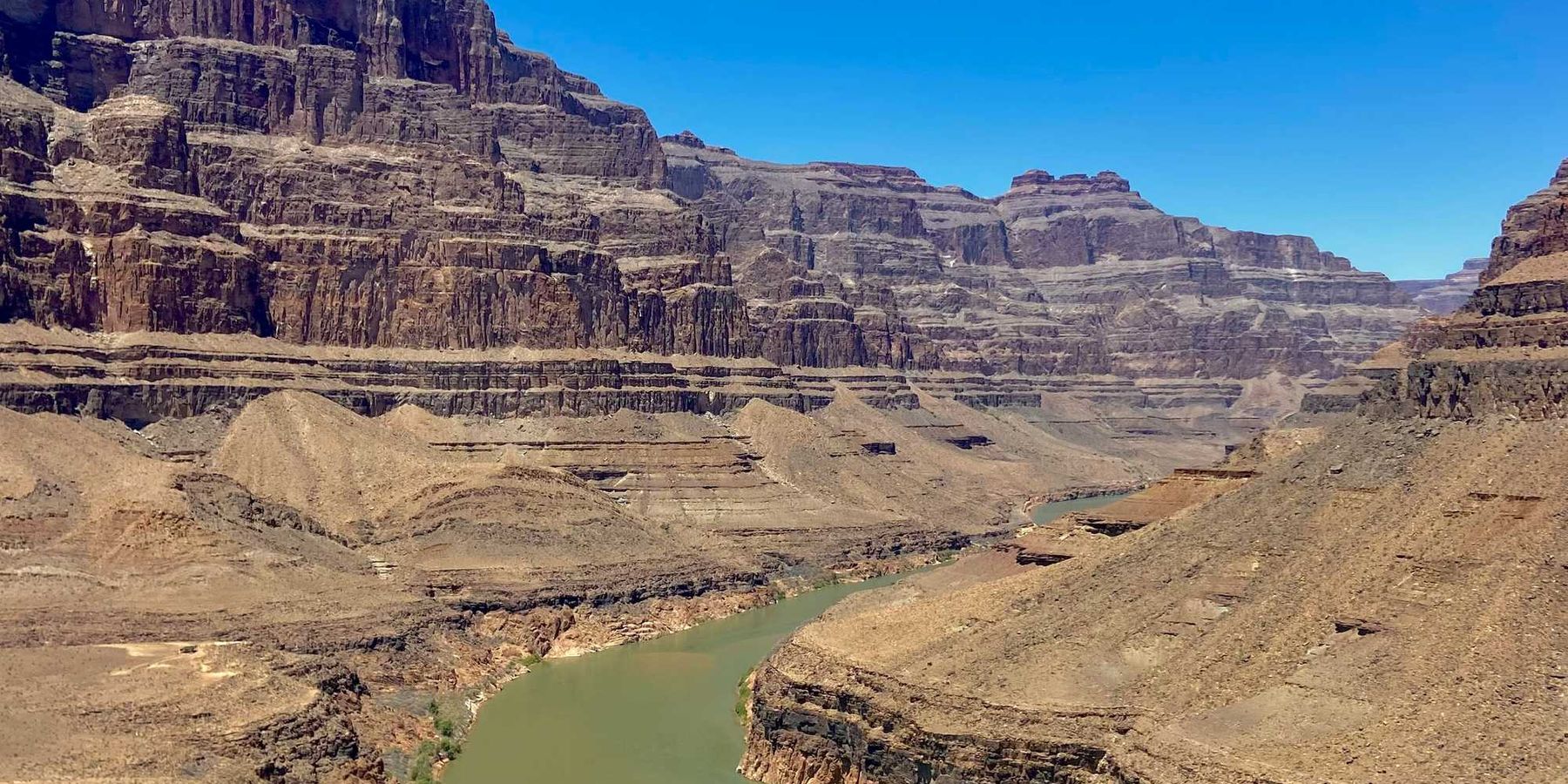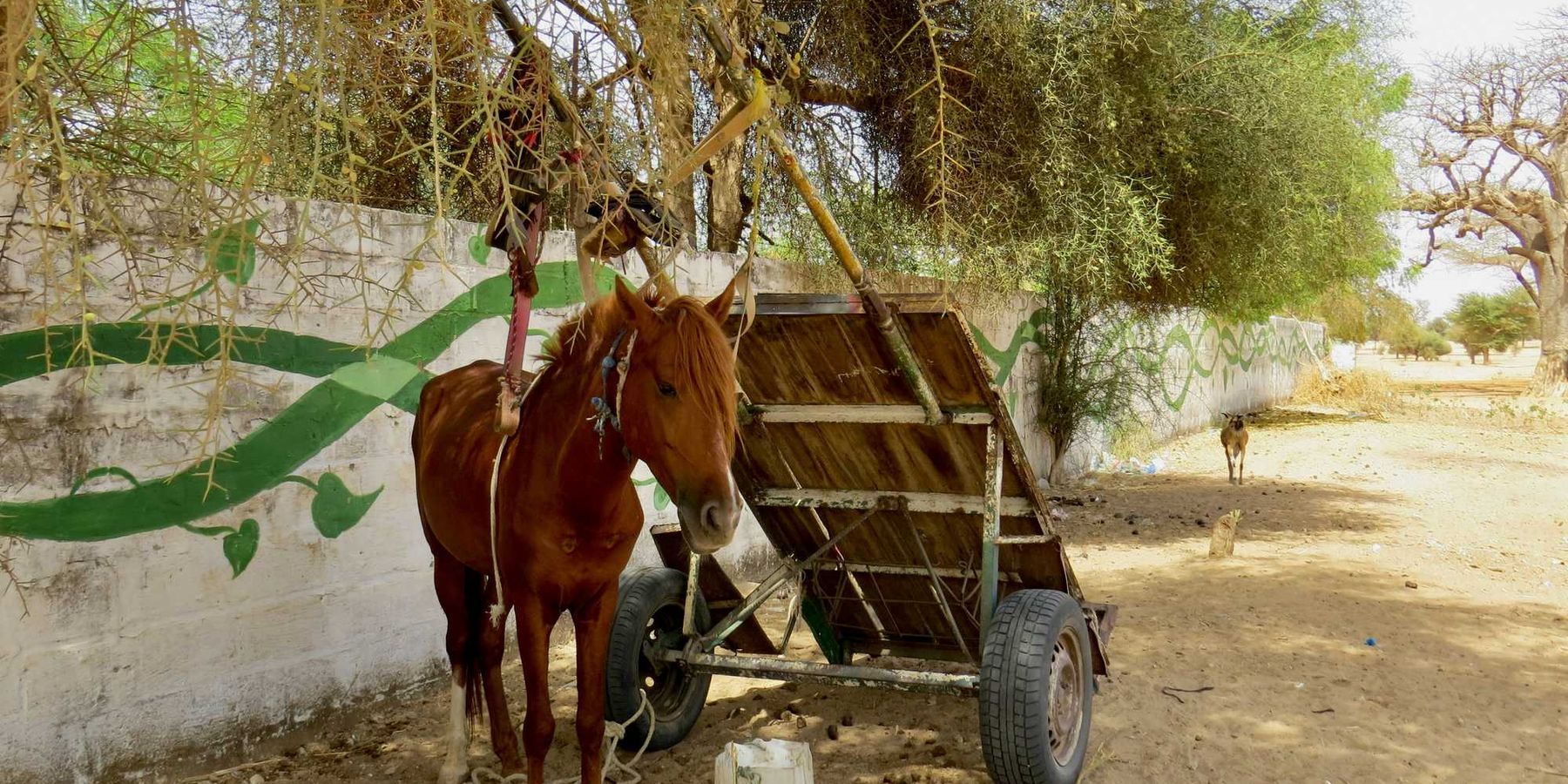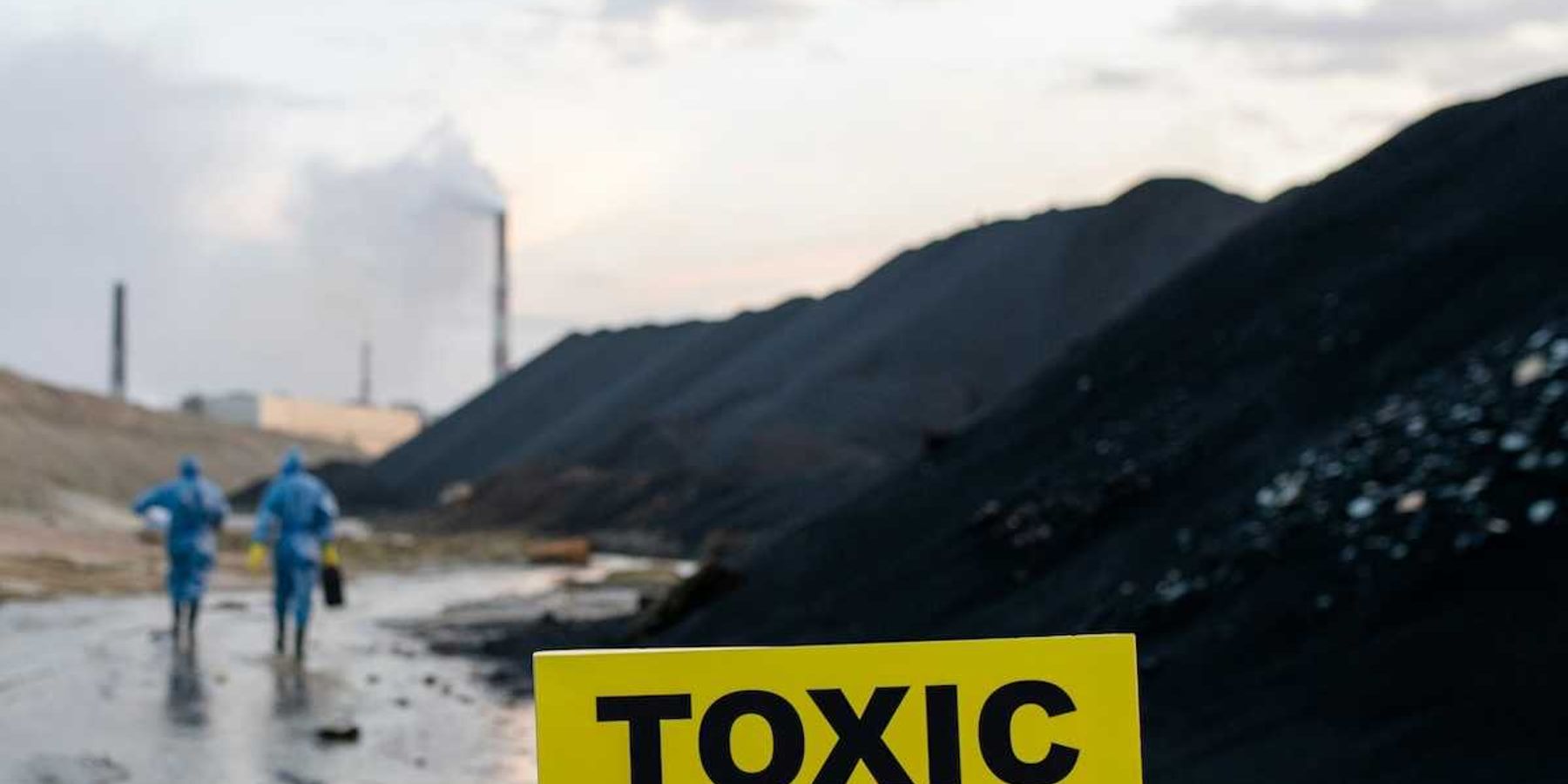Vegas doubles down on water conservation amidst growing aridity
In an era of unprecedented drought, Las Vegas is leading the way with rigorous water-saving strategies to ensure its survival and growth.
Daniel Rothberg reports for Smithsonian Magazine.
In short:
- Las Vegas, heavily reliant on the Colorado River for water, has implemented stringent conservation measures to combat a drying climate, including turf removal incentives and restrictions on water use.
- Despite these measures, the city has managed to grow, adding 750,000 residents while reducing water consumption from the Colorado River by 31%.
- Other Southwest cities, facing similar aridity challenges, are now pressured to adopt Las Vegas's proactive conservation strategies to secure their water futures.
Key quote:
“What’s the water bottom line going to be, and how do you make that math work?”
— State Assemblyman Howard Watts III
Why this matters:
Water scarcity is reshaping how cities in the arid Southwest approach growth and sustainability. Nestled within the Mojave Desert, Las Vegas has long contended with the challenges of limited water resources. The city draws the majority of its water from the Colorado River, via Lake Mead, which has faced significant water level declines due to prolonged droughts and overuse.
Be sure to read EHN’s coverage of Tucson’s ambitious tree planting goals: Planting a million trees in the semi-arid desert to combat climate change.













